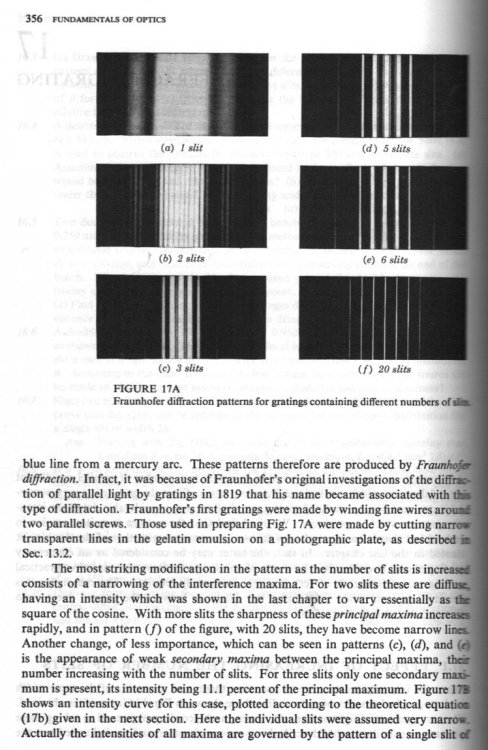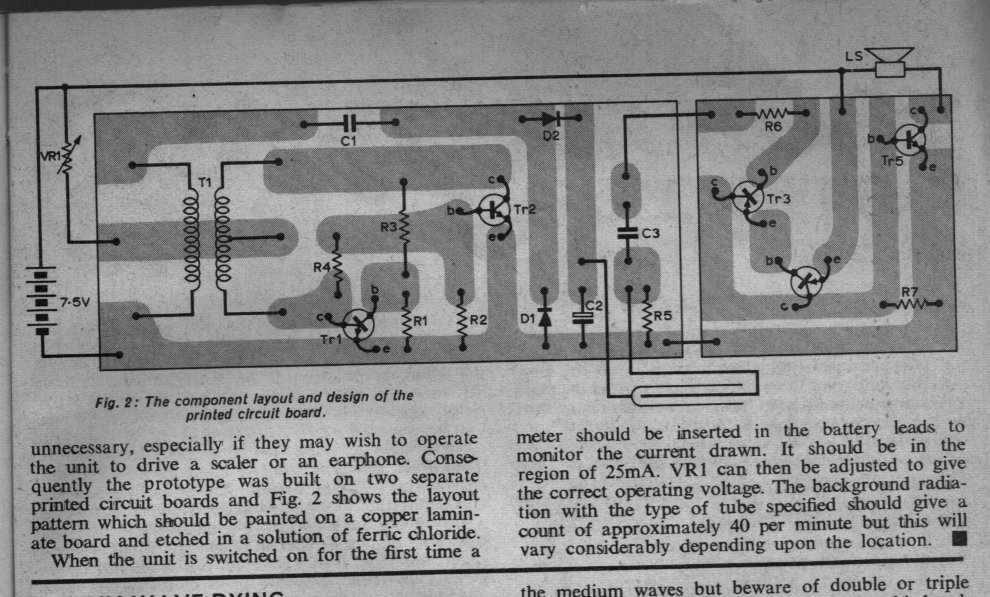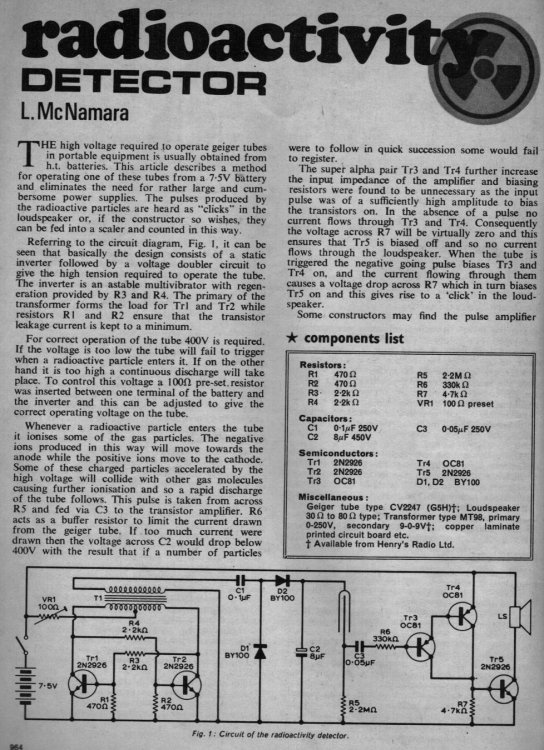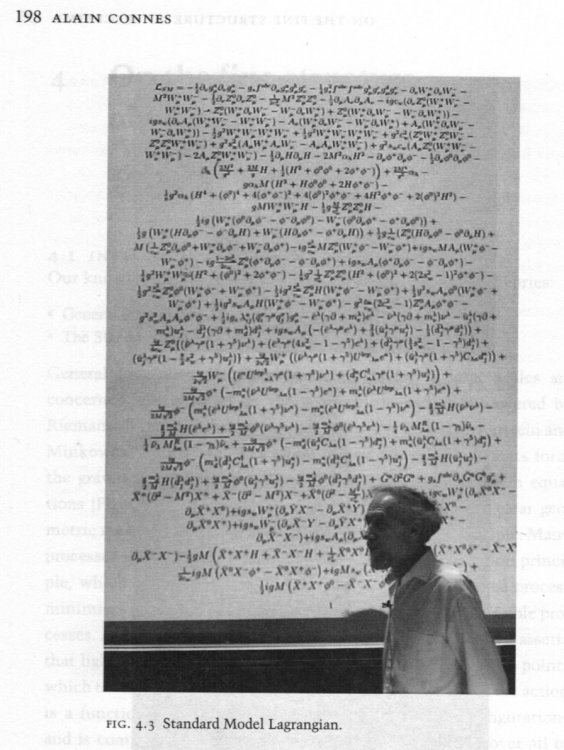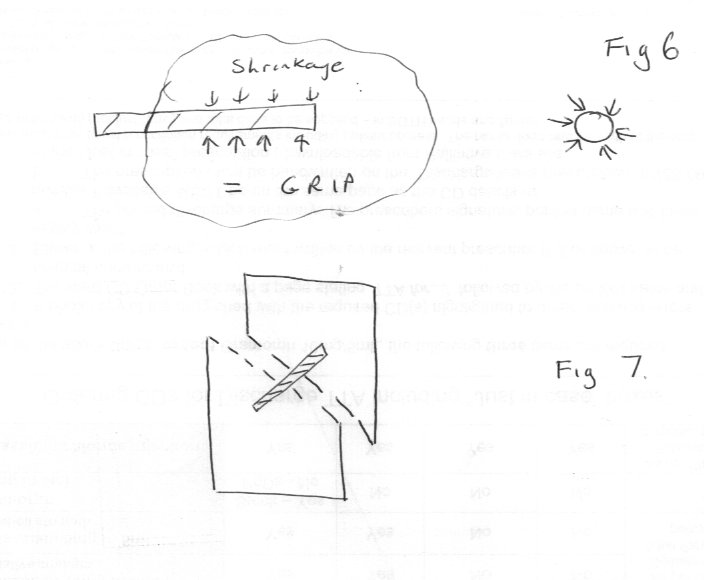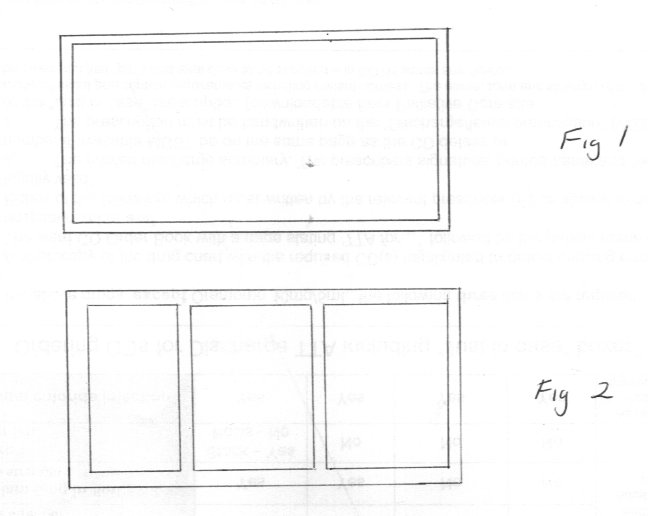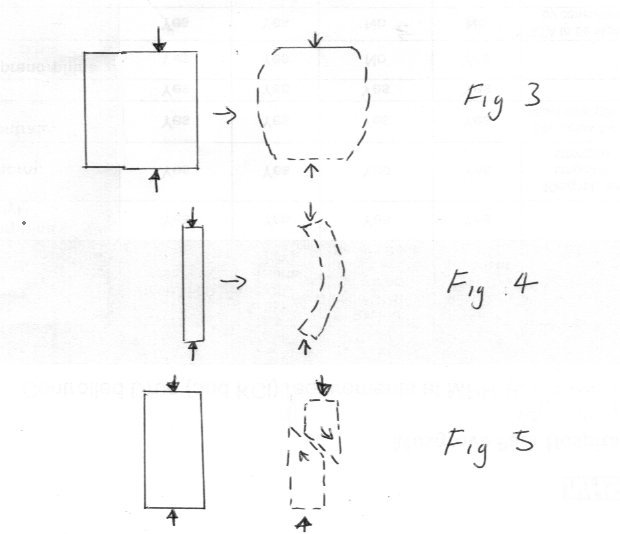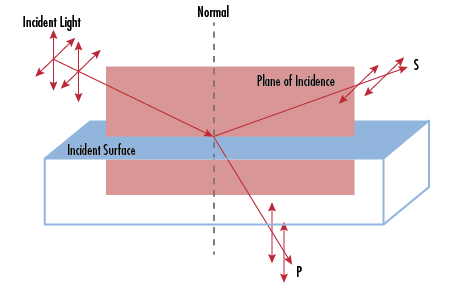-
Posts
17639 -
Joined
-
Last visited
-
Days Won
93
Content Type
Profiles
Forums
Events
Everything posted by studiot
-
Just to reinforce what John Cuthber said. It is only the electric component vector of light that plays a part in these effects. Bragg also explains this in his video. The simplest way to play with polarisation is Malus' Experiment. https://www.google.co.uk/search?source=hp&ei=ifsRWrRw7IyABt3hqKgO&q=malus+experiment&oq=malus+exper&gs_l=psy-ab.1.0.0j0i22i30k1l5j0i22i10i30k1l2.1809.4225.0.7143.11.11.0.0.0.0.260.1705.1j8j2.11.0....0...1.1.64.psy-ab..0.11.1692...46j0i131k1j0i46k1.0.rJABLl3UJX0 Here also is a pic which shows the effect of finer and finer gratings on diffraction.
-
It wasn't a gesture, it was sincere. Bragg explains how the grating works in his video, when he says that there is a regular pattern in crystal so the crystal is anisotropic to the passage of light.
-

A not so small discrepancy in Relativity of Simultaneity
studiot replied to Truden's topic in Relativity
Then you can tell us all what it was, without all the theatricals. I stand by my conclusion that Noone will award red points for genuine responses, right or wrong. It's been literally years since I last posted one. -
Let me thank you for answering my question simply and well, +1 There is nothing to apologise for, but as iNow commented, yesterday was Saturday and I had many other calls on my time. I needed 20 minutes to watch the full video. I have not seen Bragg in action so thank you for introducing me to this source, the demonstrations, though old, were fascinating and well chosen. In my eyes he was both clear and understandable in his explanations. These seemed to me to answer both your questions that have given rise to long threads. So well done for attempting to replicate the experiments. Let's try to all stop squabbling and to pin-point your difficulty instead so that it can be sorted. I cannot believe that you are not interested since you have put so much effort into this. However remember that it may take a little time for responses so be patient. I still owe another member the next long installment of longish series about another subject, from last Sunday..
-

A not so small discrepancy in Relativity of Simultaneity
studiot replied to Truden's topic in Relativity
One thing only saddens me. That you seem not to be genuinely seeking discussion and resolution of your point, rather you seek to provoke reaction so that you can ridicule others with more knowledge than yours, whilst at the same time sidestepping from your earlier statements. I made my last post for very good reasons, which anyone claiming to work on logic problems would normally ask "That's an interesting comment why did you say that?" In particular I stripped out simultaneity from the ladder paradox so that it would not obscure the Physics. Further I deliberately introduced a situation where no ladder of any length in any frame could in your words "pass the garage". I have pointed you at the correct resolution of the paradox which basically relies on an incomplete analysis of the situation, but without stating how explicitly. I take it that you are not actually interested in this. -
I am promoting discussion about the question What is a uncertainty in Science? Uncertainty is definitely linked to probability. Probability is a definite number (one number) between 0 and 1 So it is tempting to think that if the probability is p then the uncertainty can be defined as (1-p), but this doesn't really work. Consider a cubical shaped object. What is the uncertainty of position when I place it along a line? Let my cube be a model of my car and of side L. Now the UK rules for parking said car state that if any part of the car is on a yellow line it is illegally parked and I could be subject to a fine (or worse). So what is the allowable uncertainty in positioning my car when I park it? Now let my cube be much smaller. Let it be the rider on a beam balance. What is the uncertainty in positioning this rider so that the balance operates correctly? In both cases the uncertainty could be huge. The car could be 100 miles form the nearest yellow line. But there is a minimum distance for placing the centre. Which brings out two points. Probability is just a number. It has no units or dimensions. Uncertainty is usually expressed in the units of the measurand and generally has dimensions. Uncertainty is usually expressed as a range with one end a maximum or minimum.
-

A not so small discrepancy in Relativity of Simultaneity
studiot replied to Truden's topic in Relativity
Wikipedia is not the best or most reliable source in this case. So thank you for trying. Another (and I think better) view is that the same physical reality must pertain in all frames. This is not about Schrodinger's cat and QM. Relativity is exactly deterministic. A proposal that suggests something different happens in different frames is flawed, usually by inadequate consideration of the mechanics of the situation. The same reality must happen in all frames (not events they have a special meaning) That is what is meant by the phrase the laws of Physics must be the same in all frames. Einstein himself concluded that must place certain limitations on acceptable laws of physics. If something is impossible in one frame it it impossible in all frames. I suggest that there is too much emphasis on the doors, which are really a distraction. The doors could be switch activated vertical light curtains effectively instantaneous in action if their height is tiny compared to the length of the ladder. Alternatively the whole paradox could be simplified, as I'm not sure there is a clear understanding of it here. So let the exit door of the garage be permanently closed. Then there is no need to have an opening / closing mechanism or a discussion about simultaneity of door operations. Jack and Jill first offer up the ladder to the garage and butt it against the exit door, through the open entrance. The other end of the ladder can be seen to stick out from the entrance side of the garage. All this takes place in the common frame of Jack, Jill and the garage. Then Jack picks up the ladder and walks slowly back a suitable distance to begin his run. He runs very fast forwards and notes that the ladder has not changed its length but the garage appears even shorter in his new frame. So he concludes that the ladder still will not fit into the garage space. Jill remains by the garage and notes that the garage has not changed in size. She also observes Jack running towards her, carrying a ladder, now appearing shorter than the garage space. So to Jill the ladder will now fit inside the garage. The resolution of this 'apparent paradox lies in the word apparent, appears and appearing. Appearances can be deceptive. Ask yourself how do Jack and Jill make these measurements and you will find that both have to be adjusted by the Lorenz gamma factor to be brought into a common frame for comparison. -
Like the pics of the discharge tubes, thanks +1 Sensei.
-

Space (s) -the third form of matter
studiot replied to Dr. Charles Michael Turner's topic in Speculations
Not all. I'm a don't care, since it makes no difference to me. And I sleep better at night for not feeling the urge to prove or disprove the unprovable. (Didn't Oscar Wilde say something like that?) -
1967 I built my first geiger. Gosh was it that long ago? I don't think I even own one now. Anyway here is a good simple explanatory article. Don't forget geiger tubes use high voltage, when you are thinking about radioactivity. Yes readioactivity does degrade insulation over time.
-
For the benefit of those of us unsure exactly how your experiment was conducted can you provide sufficient detail to fully appreciate it ?
-

A slightly different version of General Relativity
studiot replied to SapphireSpire's topic in Relativity
Indeed, but for which model of GR?, the original simple one, or one of the many rewrites over the 20th cnet or the 2008 one after Connes? -

A not so small discrepancy in Relativity of Simultaneity
studiot replied to Truden's topic in Relativity
Please you read the rules of this forum. Two members of long standing have now asked you to explain further. It seems to me that your argument is basically "If you can't understand it it's your fault, not mine for not fully explaining." I do understand the ladder paradox and at least some of its variants, but I do not understand the scenario you are proposing. Several members have told you words to the effect that "the devil is in the detail" and that your proposal is woefully short on detail. -

A not so small discrepancy in Relativity of Simultaneity
studiot replied to Truden's topic in Relativity
Me too, +1 -
Another masterclass of clarity of thought and reasoning, Janus. +1
-

Compressive Strength of Concrete Hollow Blocks (Formula)?
studiot replied to andreaaa's topic in Amateur Science
OK so let's start here. The point about loads is that they are external to the object experienceing the load. Loads may be forces, which are applied at a point or distributed (spread out) eg pressure. Mechanics tells us that there are also forces of reaction exerted by the load on whatever is applying the load. But here you do not need to condsider these. Stresses are what happens inside the body i.e. they are internal. And yes they are force divided by the area over which they act because they are always distributed throughout the body. So let us look at the (deformation) response of bodies to loads and the stresses that these loads generate within the bodies. If these are models of hollow concrete blocks, which do you think is stronger and why? The point is that the deformation response depends not only on the material strength but also on the shape of the body. Fig3 shows a fat, squat, stout body and the exagerated response as it bulges or bursts under compressive load. Fig 4 shows a tall slender body buckling under compressive load Fig 5 shows a 'diagonal shear failure as one part of the body slides over another along a diagonal when under compressive load. this is intermediate between 3 and 4 where the body is too fat to buckle but not fat enough to burst. Now if we apply this knowledge to the composite shape in Figs 1 and 2 can you see why there are sub dividing sub walls? Well done for finding this out. This feature of concrete is vitally important in the use of the material because it allows the concrete to be reinforced. The stress has to be transferred somehow from the concrete to reinforcing material. This is where Fig 6 comes in. If there is a reinforcing nail or bar in the concrete as it sets, the concrete will shrink around the bar and indoing so will grip the bar very very tightly as shown in the right hand part of Fig6. So the bar is very strongly embedded in the concrete. This embedding is called the bond strength. So if the concrete tries to pull apart or slide apart the stronger reinforcing material resists as in Fig7. You mentioned trying diffeent reinforcing materials, what effect do you think a slippery material like rubber will have? I'm glad you have plenty of time to conduct your project as concrete take time to gain strength. (Industrially steam curing is sometimes used to shorten this). You should also firm up on your project aims but be prepared to amend them in the light of what you discover and aldo to discuss ideas with your project supervisors. I hope I have given you some things to think about, for isntance to investigate the effect of shape as well as material properties. It would be a good idea to look at standard test methods to test just the material properties alone so here is a link to that http://www.icomat.in/assets/articles/failure_pattern.pdf -
I think this may be what you are trying to describe. However I should observe that terminology has been rather loose here. The polarisation discussed so far is plane polarisation. There is also circular and elliptic polarisation where the direction is constantly changing.
-
Oh no, not again an after the OP has already pre-noted 13 years ago that this subject has already been discussed Seal this knot now please.
-
Keep going, you are getting there. One term I think not yet mentioned is glare. Polarisation filters work for improving vision because they cut down glare.
-

Compressive Strength of Concrete Hollow Blocks (Formula)?
studiot replied to andreaaa's topic in Amateur Science
We're always very pleased to help someone who is doing much of the work themselves and in your case it is very good work. I hope if you break any blocks your testing equiment has a shield in front of the block under test. They can literally explode on failure, throwing debris about all over the place. Don't worry about the certification of the testing people in your video, it was a good video. You may be aware that ASTM stands for American Standard Test Methods. The was not a British or EU standard. Because of the shape of the hollow blocks they will respond differently to compression compared to a solid block (the brick you mentioned). So before we talk about a formula (very difficult for hollow blocks) let us decide what you are actually testing for i.e. the aims of your project. You mention that you are going to incorporate different ingredients into your concrete mix. Presumababy you want to compare the stengths of blocks made with each. Have you given any thought to predictions as to what might happen? I suggest you investigate the following in relation to this. Does concrete loose or gain volume as it sets. i.e. does it shrink or expand? Do you have any idea how and why concrete fails? You have reported a stength in terms of a stress (PSI) What do you know about stress and what is the difference between stress and load? -

Does the meter link a circumference to c?
studiot replied to TakenItSeriously's topic in Mathematics
Yes lots of us have this trouble and we find that you need to resolve it by clicking on the page refresh button (and waiting up to 2 minutes) whilst the 'improved' SF site goes off to Mathjax and finds the relevant symbols. -
It would help if we could narrow down the focus on your question. Are you seeking a biochemical explanation of the mechanism of vision?
-

Solve this for me [with your help and my rigorous effort]
studiot replied to MrRobin's topic in Homework Help
Hint What happens to the elements you haven't mentioned? -
At last +1 Godel killed Hilbert's dream a nearly century ago.


